Products
Product Categories
1. Anti-Static Coning Oil:
The “UNICON” series of Anti-static coning oil is a specialized lubricant used primarily in the textile industry during the processing of synthetic yarns, such as polyester, nylon, or blended fibers. It is applied to yarn during the coning, twisting, or texturizing processes to improve handling and performance.
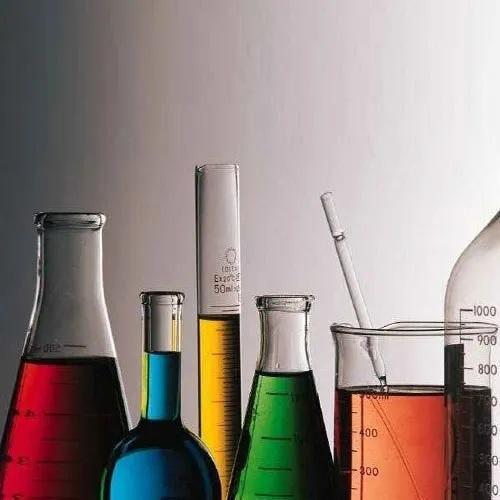
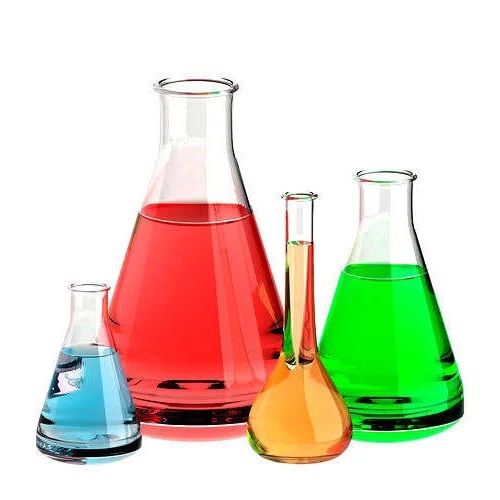
Its main purposes are:
Anti-static coning oil is often emulsifiable, meaning it can be mixed with water for easier application and removal (scourability) during subsequent textile finishing stages. It is non-staining and designed to maintain yarn quality without affecting its appearance or performance. This type of oil is widely used in operations like texturizing, twisting, crimping, and softening of synthetic yarns, as well as in woolen or rayon cording processes.
2. High Performance Methyl Esters:
We supply High Performance Methyl Esters that have a wide range of applications such as in Jet Lubricants,
Methyl Ester Sulphonates, Plasticizers, PEG Esters, rolling oils, sulphurised lubricants, low – VOC Solvents, metalworking fluids, solvents for inks, solvents for paint removal, production of plasticizer alcohols, emulsifiers, stabilizers, resins, amides, chlorinated lubricants, cutting oils, defoamers, gear oils, ink solvents, isopropyl esters and flavorings.
Product Specifications of High Performance Methyl Esters:
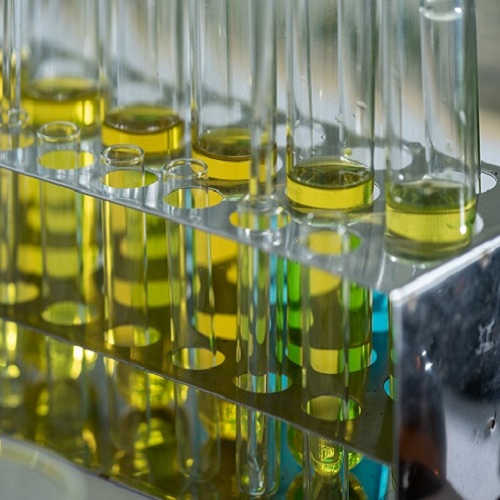
3. BIODIESEL B100 from Non-Edible Oils:
Biodiesel is a renewable, biodegradable fuel made from biological sources such as vegetable oils, animal fats, or recycled cooking grease. It is produced through a chemical process called **transesterification**, where triglycerides (the main components of fats and oils) react with an alcohol (typically methanol) in the presence of a catalyst (e.g., sodium hydroxide or potassium hydroxide). This reaction converts the triglycerides into fatty acid methyl esters (FAME)—the primary constituents of biodiesel—along with glycerol as a byproduct.

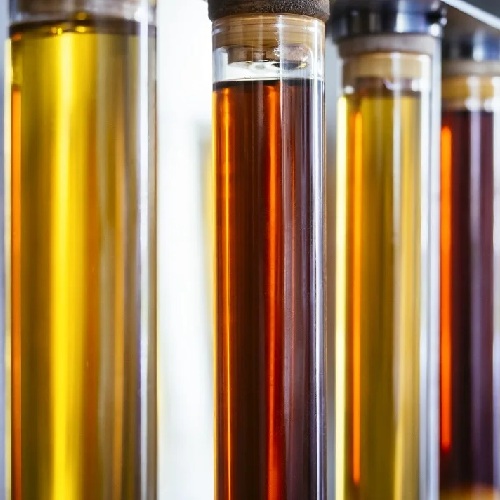
Biodiesel is typically used as a blend with petroleum diesel (e.g., B20, which is 20% biodiesel and 80% diesel) but can also be used in its pure form (B100) in compatible engines.
Our MIDC Mahad Unit with a Plant Capacity of 30 TPD is able to produce Biodiesel that meets IS 15607:2022 Specifications.
Key Properties:
4. Polymer based Tackifiers
Polymer-based tackifiers are a subset of tackifiers that are polymeric in nature, meaning they consist of repeating molecular units (monomers) forming larger chains or structures.
Unlike traditional tackifiers such as rosin esters or hydrocarbon resins, which are typically low-molecular-weight resins, polymer-based tackifiers often have higher molecular weights and are designed to enhance tack (stickiness) while also contributing to other properties like cohesion, elasticity, or thermal stability. They are usually synthetic or semi-synthetic and tailored for compatibility with specific adhesive polymers, such as styrene block copolymers (e.g., SBS, SIS), polyolefins, or acrylics.
Characteristics:

5. Emulsifier Packages:
Emulsifier packages are pre-formulated blends of emulsifiers

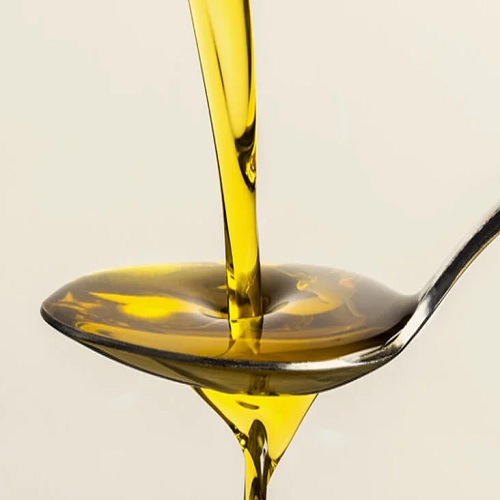
and sometimes other additives designed to stabilize emulsions—mixtures of two immiscible liquids, like oil and water, where one is dispersed in the other. Emulsifier packages play a key role in ensuring the oil can mix effectively with water or maintain a stable, uniform consistency during application.
